Im writing a 3D sketch in which the user rotates the camera with peasyCam while left clicking and moving the mouse. The thing is that I want to move the objects while right click is pressed so that the user can drag the object across the screen's X and Y axis. Of course I know how to use mouseX and mouseY inputs to modify the translation but only across the 3D space coordinates as it shows on the GIF below:

example code of whats happening in the image:
import peasy.*;
import peasy.org.apache.commons.math.*;
import peasy.org.apache.commons.math.geometry.*;
PeasyCam cam;
float x=15;float y=15; float z=15;
float e;
void setup(){
size (700,700,P3D);
cam = new PeasyCam(this, 200);
cam.setRightDragHandler(null);
}
void draw(){
background(0);
pushMatrix();
translate(5, 5, 0);
fill(255);
stroke(255);
sphere(5);
popMatrix();
pushMatrix();
fill(255,0,0);
stroke(255,0,0);
translate(x, y, z);
sphere(5);
popMatrix();
stroke(0,0,255);
line(5,5,0,x,y,z);
//obvoiusly not working method
if(mousePressed && (mouseButton == RIGHT)){
x= x+(mouseX-pmouseX);
y= y+(mouseY-pmouseY);
}
}
void mouseWheel(MouseEvent event) {
e = event.getCount();
z=z+e;
println(e);
}
void mousePressed(){
if (mouseButton==RIGHT){
cam.setActive(false);
}
}
void mouseReleased(){
cam.setActive(true);
}
What I would need is to be able to drag the sphere only on the screens X/Y axis, at a fixed Z just like image below shows(simple simulation I made of the behaviour im looking for).

PeasyCam is for exploring the 3D space. The question might be difficult to undesrtand. The problem is about moving the object on the 3D world, using the screen/canvas 2D coordinates to make the object follow the cursor's movement. If the mouse goes to the left (x axis decreases), the object should move to the left on the screen, and not just on the worlds X axis. This is how the second example image behaves, but achieved by just simulating the 3D space with no actual rotations to the x,y,z axis.
I've been scratching my head with this thing and I cant seem to figure it out. I wouldn't have asked here otherwise. Thanks in advance guys.
